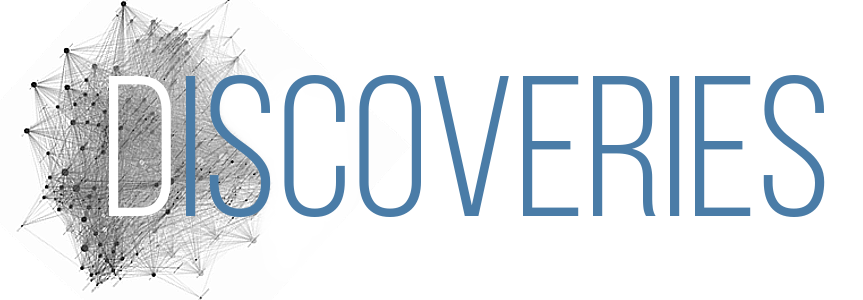The ability to create your own avatar in video and online games has become increasingly popular, particularly with the increase in online MMORPGs (Massively Multiplayer Online Role-Playing Games). With the advent of avatars, players are able to pick and choose how they want their gaming character to look, act, and even feel. As expected, players often attempt to replicate themselves in their avatar. But what happens when your characteristics are not available?
Setting out to determine how race is represented in video game characters, David Dietrich found that only 10 of the 65 games he analyzed allowed for a non-white avatar. Dietrich looked at non-white skin color, hair style/color, and facial features, finding that a majority of these games—including World of Warcraft, which boasts over 10 million players as of 2012 and dominates the online gaming world—to be reinforcing “normative whiteness” by assuming that the default color of their players is white.
The consequence, Dietrich argues, is that these all-white worlds force non-white players to “become white” in order to play while implicitly signaling to the non-white player that they do not belong. While the exclusion of non-white avatar options is likely unintentional on the part of the game’s creator, the simple fact that this was overlooked is evidence enough of the “unquestioned standards of whiteness” in American society. What these games are telling us is that you can be a fairy, a dwarf, or the Primordial Thunder King, but you can only be white.
—
(adsbygoogle = window.adsbygoogle || []).push({});
